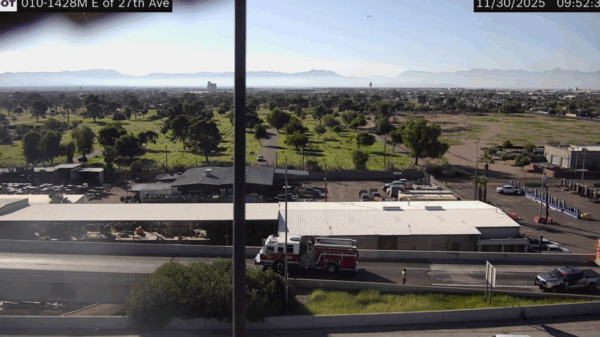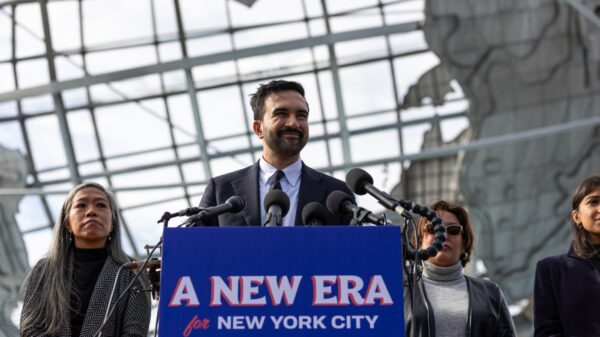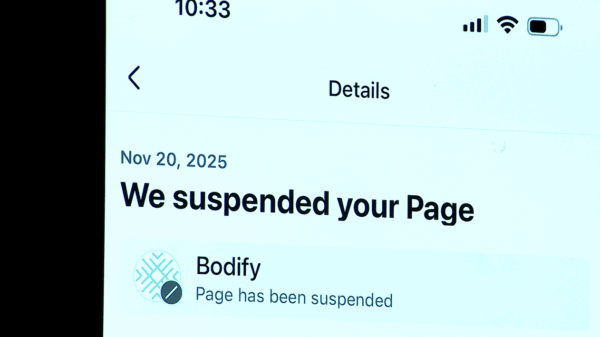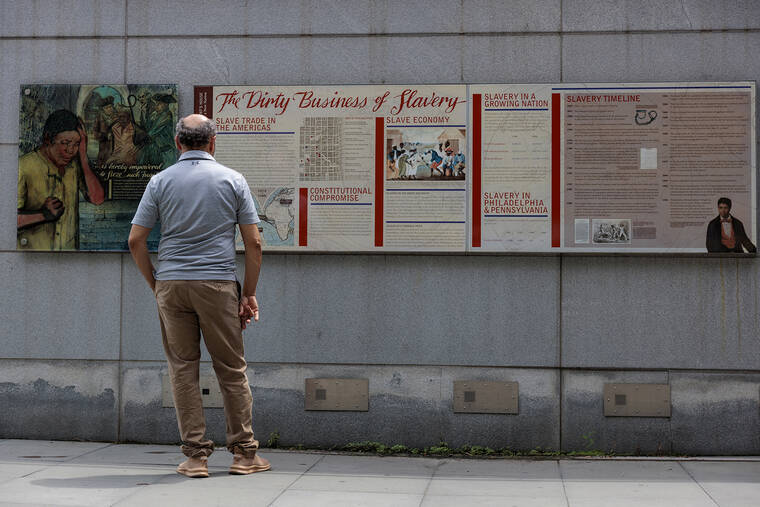The Trump administration has instructed the National Park Service to remove various materials related to slavery and Native American history from several national park sites. This includes a significant 1863 photograph known as “The Scourged Back,” which depicts a formerly enslaved man, referred to as both Peter and Gordon, showcasing severe scars from whippings. The decisions were detailed in internal emails reviewed by The New York Times and corroborated by individuals who chose to remain anonymous due to the sensitive nature of the information.
This directive stems from an executive order signed by President Donald Trump in March 2021. The order mandates the park service to eliminate or obscure materials that the administration deems to “inappropriately disparage Americans.” This action is part of a broader initiative by Trump to promote a more favorable interpretation of the nation’s history. Critics argue that this could result in the erasure of contributions made by marginalized groups, including people of color, women, and LGBTQ+ individuals.
Specific Changes at Notable Sites
At Fort Pulaski National Monument in Georgia, officials have directed park staff to remove the reproduction of “The Scourged Back.” This photograph has long served as a powerful symbol of the brutality of slavery during the Civil War. The Washington Post was the first to report on the order regarding the photograph’s removal.
Similarly, at Manassas National Battlefield Park in Virginia, directives have been issued to take down a sign that critiques the post-Civil War “Lost Cause” ideology. This ideology romanticizes the Confederacy and minimizes the role of slavery in the Civil War. The sign, which was installed during the presidency of Joe Biden in 2021, elucidates the 1940 dedication of a monument to Thomas Jonathan Jackson, a Confederate general known as “Stonewall” during the First Battle of Manassas in 1861.
Elizabeth Peace, a spokesperson for the Department of the Interior, which oversees the National Park Service, stated that “all interpretive signage in national parks is under review.” She also accused various media outlets of disseminating “false claims” and “misinformation” regarding the nature of this review, although she did not clarify which specific information was incorrect.
Implications of the Review
The review and subsequent removal of materials have sparked significant debate about the portrayal of American history in national parks. Critics express concern that this initiative could lead to a dangerous oversimplification of historical narratives, particularly those involving the experiences of enslaved individuals and Indigenous peoples. The removal of such vital educational resources may erase critical aspects of history from public consciousness.
As the review continues, it remains essential to monitor the impact of these changes on public understanding of American history and the contributions of diverse groups. The ongoing dialogue surrounding the portrayal of historical events in national parks reflects broader societal discussions about race, identity, and representation in the United States.





































































